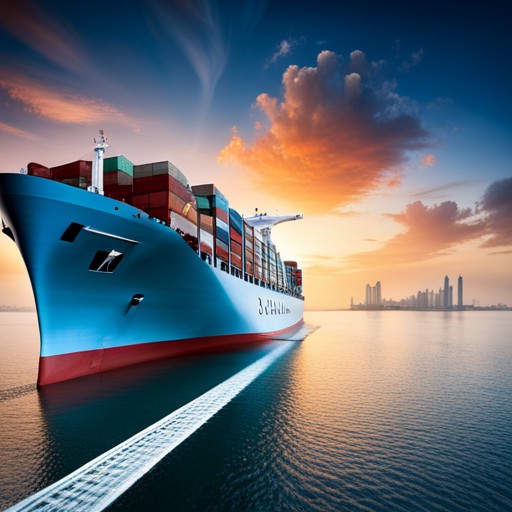In recent years, the global shipping industry has experienced a dramatic increase in freight rates. This surge in costs has had a profound impact on international trade and supply chains. The phenomenon of soaring ocean freight rates is often referred to as “freight rate spikes.”
Global trade volumes have significantly increased, driving up demand for shipping services. The COVID-19 pandemic led to disruptions in supply chains, causing an imbalance between supply and demand, which in turn pushed up freight rates.
Major ports around the world have been experiencing congestion due to various factors such as labor shortages, customs delays, and logistical bottlenecks. This congestion slows down the turnover of ships and containers, exacerbating the backlog and increasing waiting times and costs.

The shipping industry struggled with limited capacity, particularly during the peak seasons. Many shipping lines operate at or near full capacity, leaving little room for additional cargo. This scarcity of available slots drives up freight rates as shippers compete for space.
The price of bunker fuel, which powers container ships, has seen significant increases over the past few years. Rising fuel costs are directly passed on to the customers, contributing to the overall increase in freight rates.
New regulations, such as the implementation of the International Maritime Organization’s (IMO) sulfur cap, have led to higher operating costs for shipping companies. Compliance with these regulations requires investments in cleaner fuels or retrofitting existing vessels, expenses that are ultimately reflected in freight rates.
Higher freight rates mean that the cost of goods imported and exported rises. This can erode profit margins for businesses engaged in international trade and lead to higher prices for consumers.
The volatility in freight rates poses a risk to the stability of global supply chains. Businesses must adapt by diversifying their logistics strategies and seeking alternative transportation modes where feasible.
Developing countries, which rely heavily on maritime trade, may face greater economic challenges due to higher transport costs. This could widen the gap between developed and developing nations, affecting global economic equality.
The spike in ocean freight rates is a complex issue influenced by multiple interconnected factors. Addressing the challenge requires coordinated efforts from governments, shipping companies, and international organizations to improve efficiency and sustainability within the shipping industry. As businesses and economies adjust to these new dynamics, it is crucial to monitor ongoing developments closely to mitigate potential negative impacts on global trade and economic growth.